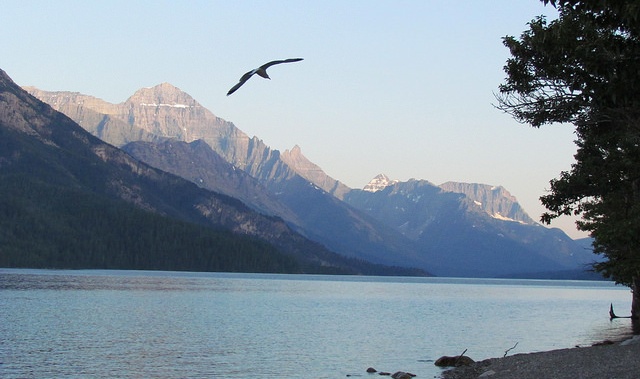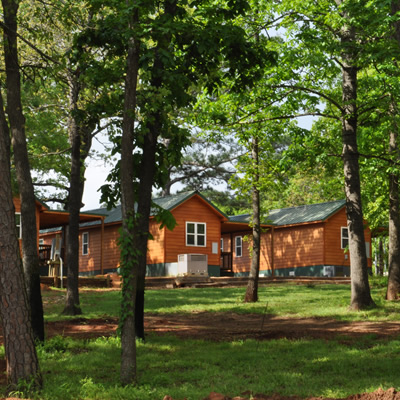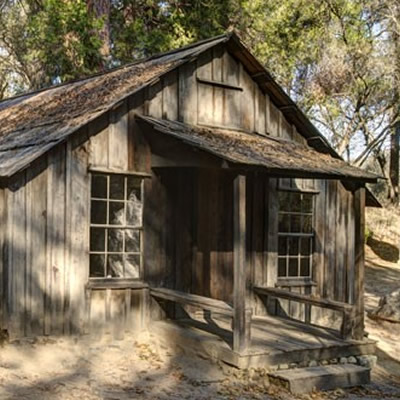Wi-Fi in the wilderness

Canada’s national parks conjure up images of majestic beauty, awe-inspiring wildlife, bubbling streams, roaring waterfalls, peace and tranquility. But the images can now include cell phones and selfies, Facebook and Twitter, iPads and iPhones.
Soon you will be able to plug in to social media and all the videos you want on the Internet, since Parks Canada has plans for installing Wi-Fi hotspots in many national parks and historic sites.
This has sparked a lot of controversy throughout Canada.
On the one side, you have the nature lovers who want to get to the outdoors to get away from it all—including their electronic devices.
On the other hand, you have those who are so attached to their electronics that they can’t go more than a few hours without checking mail, posting something to Instagram, sending texts or googling to see a map of where they are. Many even want to update their vacation in real time on social media like Facebook, Twitter, Pinterest and Google Plus.
Then there are many in between the two extremes.
Will you be bringing your tablet and smartphone on your camping adventures this summer?








